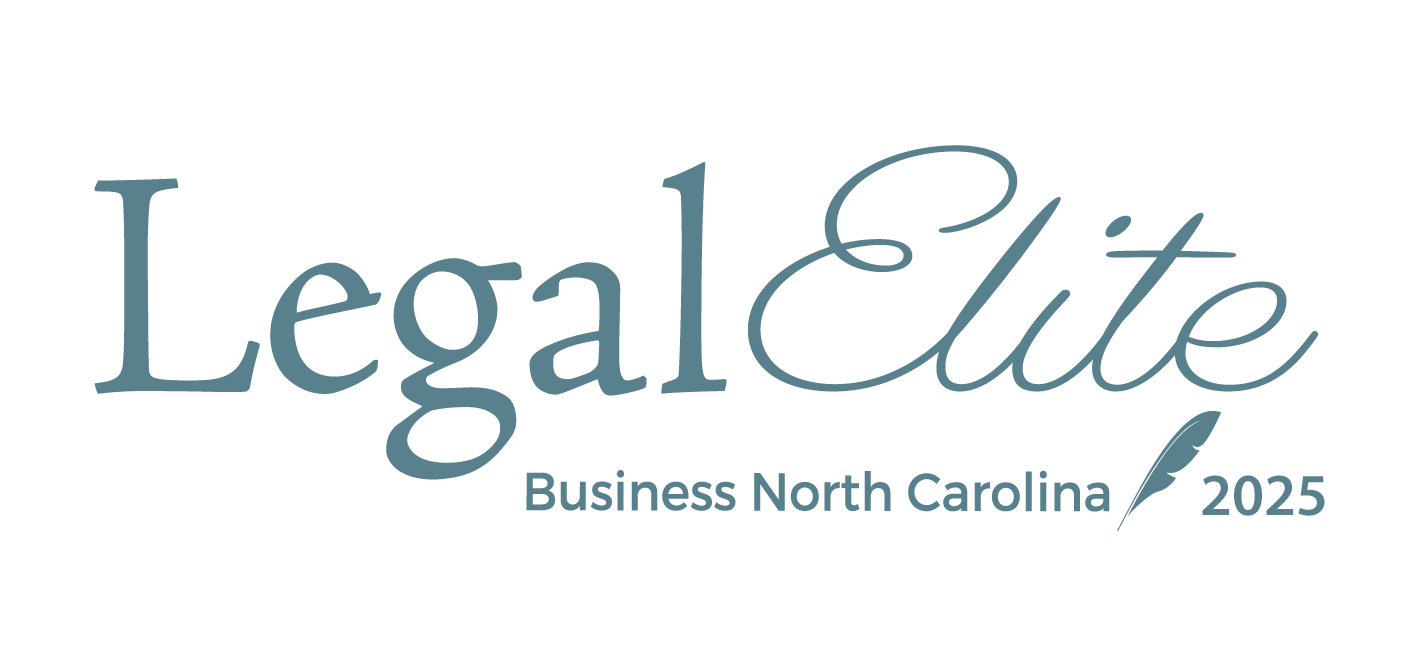Ed. Note: This is the second article in our series, “Conjuring Competitive Advantage: An AI Spellbook for Leaders,” focused on unlocking AI for business with practical steps and insights. Read Part 1 here, Part 3, Part 4 and Part 5.
An effective AI program starts with understanding how AI is already being used within your organization.
Many companies discover they have dozens of AI initiatives running independently across departments, often without coordination or oversight. Conduct a comprehensive audit of existing AI tools and practices across the organization, from customer service chatbots to financial forecasting models.
Assemble a cross-departmental team, including IT, product development, HR, finance, legal, and risk management, to identify current uses, potential applications, and associated risks. Consider temporarily pausing the riskiest uses while the audit is underway, particularly those involving sensitive personal data or critical business decisions.
Navigating the Global AI Regulatory Maze
AI regulation is evolving rapidly worldwide, creating a complex compliance landscape for multinational businesses. Different jurisdictions take varying approaches, from comprehensive frameworks to sector-specific requirements. Some regions emphasize transparency and explainability, while others focus on data protection or algorithmic fairness. This regulatory patchwork presents both challenges and opportunities for forward-thinking businesses.
Develop a comprehensive chart showing the jurisdictions where your organization operates and the AI-related obligations in each. Track proposed legislation and regulatory guidance to anticipate future requirements. Resources from international standards bodies, government agencies, and industry associations can help you stay current with evolving requirements.
When obligations differ across jurisdictions, consider adopting the most stringent requirements as your baseline. This approach simplifies compliance management and positions your organization as a responsible AI leader. Remember that regulatory compliance represents a minimum standard; leading businesses often exceed these requirements to build stakeholder trust and competitive advantage.
Creating Risk Maps and Governance Structures That Matter
Effective AI governance requires systematically mapping benefits against risks and developing appropriate mitigation strategies. Start by categorizing AI use cases by risk level, considering factors such as impact on individuals, decision criticality, data sensitivity, and potential for bias or error. High-risk applications like those affecting employment, credit, healthcare, or legal outcomes will require enhanced oversight and controls.
Integrate AI risks into your broader enterprise risk-management framework rather than treating them in isolation. This integration ensures AI risks receive appropriate attention alongside other business risks (and opportunities) and leverages existing risk management processes.
Educate senior leadership about AI governance importance, emphasizing both opportunities and responsibilities. Leadership needs sufficient understanding to provide meaningful oversight without getting lost in technical details.
From Policy Documents to User-Friendly Guidelines
The data security, confidentiality, bias, and privacy challenges posed by Gen AI aren't new to businesses. Rather than creating separate AI policies, update existing frameworks to address AI-specific considerations. Effective policies should explain risks, encourage responsible use, mandate employee training, and establish consequences for non-compliance. Key guidelines might include: verifying AI outputs, prohibiting sensitive data in prompts, exercising good judgment, acknowledging potential errors in AI-generated content, and committing to regular reviews.
These policies demonstrate responsible AI practices to regulators, partners, and customers while clarifying internal usage parameters. Appoint an AI governance lead with sufficient authority and resources to implement your framework effectively. Define clear roles, responsibilities, and accountability structures across the organization for AI deployment and decision-making—ambiguous responsibility leads to poor outcomes and increased liability exposure.
Core Principles from Emerging AI Regulation
Common principles across global AI regulatory frameworks include transparency and disclosure requirements, privacy and data protection obligations, fairness and non-discrimination mandates, accountability and governance structures, accuracy and reliability standards, safety and security requirements, human oversight provisions, intellectual property compliance, regulatory compliance verification, ethical considerations, explainability requirements, liability and risk management frameworks, and consent requirements for AI use.
Embedding these principles into internal policies helps demonstrate compliance readiness and builds stakeholder trust. Businesses that proactively adopt these principles position themselves favorably as regulations mature.
Making Governance Work Across Your Business
Once policies are established, the real work begins: embedding them into business processes and daily operations. Map specific AI use cases to business functions and integrate governance checkpoints into existing workflows. For example, procurement processes should include AI vendor assessment criteria, project management methodologies should incorporate AI risk assessments, and change management procedures should address AI system updates.
Encourage explainability by requiring documentation of how AI decisions are made, what data influences outcomes, and what limitations exist. This documentation serves multiple purposes: supporting regulatory compliance, enabling effective troubleshooting, facilitating knowledge transfer, and building user trust. Train employees not just on how to use AI tools, but on AI risks, ethics, and compliance requirements. Tailor training sessions to specific roles—executives need strategic understanding, developers need technical governance knowledge, and end users need practical guidelines.
Implement robust data governance as the foundation of responsible AI. Ensure privacy compliance through data minimization, purpose limitation, and appropriate retention policies. Regular technology audits should evaluate bias, fairness, accuracy, and performance degradation over time. Consider independent auditors for high-risk applications and always document findings and remediation efforts.
Establish clear channels for employees to report AI concerns without fear of retaliation. Monitor system performance continuously, looking for drift, bias emergence, or changing risk profiles. Maintain human oversight in sensitive areas, especially those affecting employment, healthcare, or fundamental rights. Ensure humans can understand and override AI decisions when necessary, maintaining meaningful human control over critical outcomes.
In the next post, we'll examine practical use cases and implementation strategies that deliver measurable business value while maintaining responsible AI practices.








